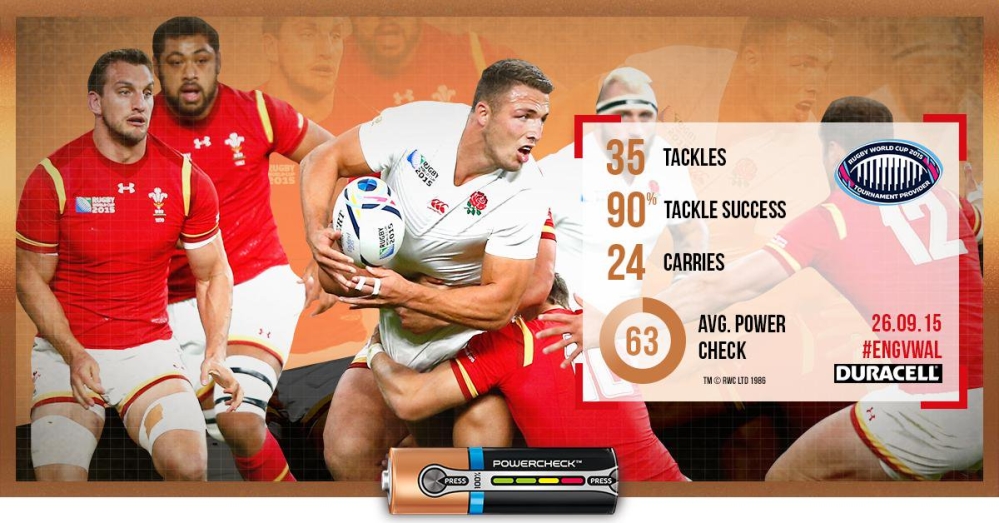Big sports event, big data opportunity
20 Jun 2018

On 26 May, Liverpool and Real Madrid faced each other in the final of the 2017/18 UEFA Champions League. The biggest club football match in the world, with the winners lifting the trophy and claiming the €15.5 million first prize.
All of which is very nice, but why should you care? You should care for following reasons:
- The 2017 UEFA Champions League final was watched by 200 million television viewers
- During last year’s final, there were 98 million Facebook interactions from 34 million people and 50 million Instagram interactions from 14 million people
- There were 9 million Twitter posts relating to last year’s final
In other words, like all big sporting events, this 90 minutes offers a huge opportunity to engage with consumers. There are many ways to do this, but one increasingly powerful method is data.
“Leveraging data and stats in relevant ways is increasingly becoming a high value component in generating returns from relationships with sports teams and events,” says Alex Peebles, GM Australia & EVP APAC at Perform Group.
Peebles cites New Zealand beer brand Tui’s 2015 ICC Cricket World Cup campaign as a leading example of this trend. This initiative saw the company give everyone who bought a carton of beer an orange branded T-shirt. Fans were incentivised to wear the T-shirts to matches by the offer of a large cash prize if they were filmed taking a one-handed catch while wearing the Tui top. And they were boosted in their mission by the company posting historical batting data on its social media feeds, which indicated the areas of the ground where each batsmen was most likely to hit the ball.
“This data-led activity increased crowd engagement, brand recognition and media attention and gave fans a meaningful way to interact with the brand and the game,” says Peebles. “Following the campaign, the Tui brand popularity increased from 11.1 per cent to 12.7 per cent and its sales volume reached its highest level in two years.”
IBM Watson’s data-led #WhatMakesGreat campaign, which used new statistical insights to prompt social media discussion and increase ticket holders levels of engagement during last year’s Wimbledon, is another data-led success story.
So is Duracell’s #PowerCheck 2015 IRB Rugby World Cup campaign, where it used in-game data to rank players via their ability to stay stronger for longer. This index was subsequently discussed during matches and shared widely by fans on social media.
After using geo-fencing location services to detect when a fan is at a match, Major League Baseball’s popular Ballpark app provides users with special ‘inside-the-park’ content and offers.
And from a UEFA Champions League perspective, Heineken’s 2017 ‘No More Excuses’ campaign leveraged audience social data to insert over 1,000 personalised videos of top manager José Mourinho into fans’ conversations in the build-up to games. The videos delivered 2.2 billion impressions and 256 million total views.
Inspired? Well, don’t just sit there. Think about ways you can use data to drive customer engagement and make your brand part of the conversation.
Please login to comment.
Comments